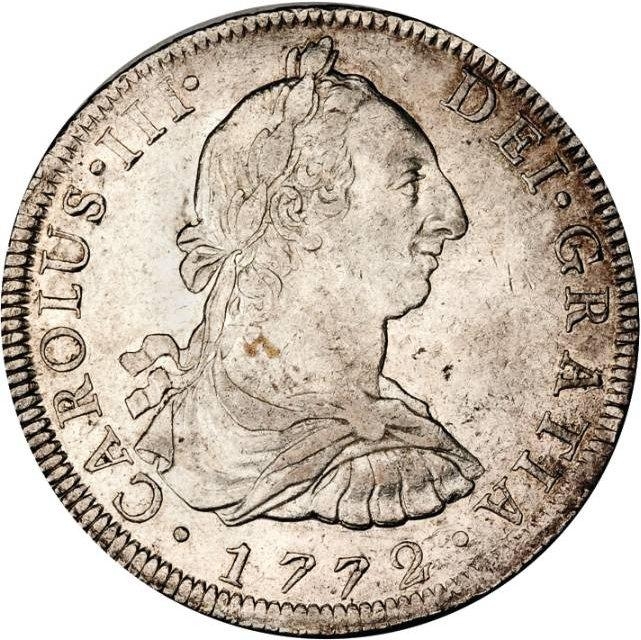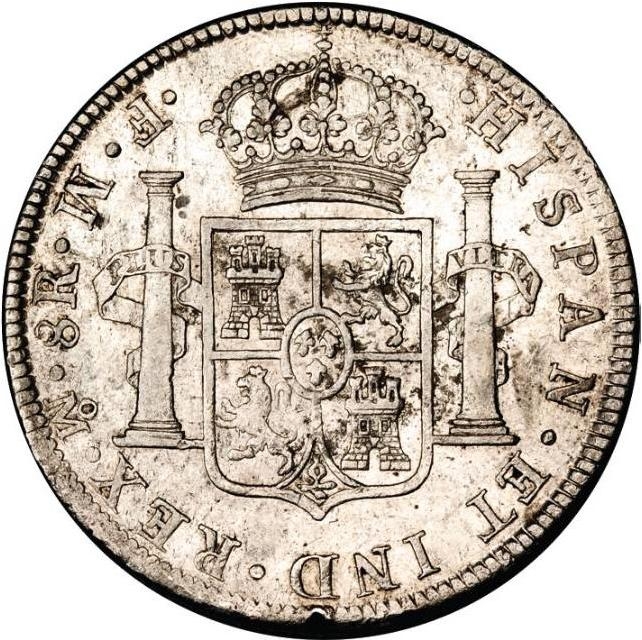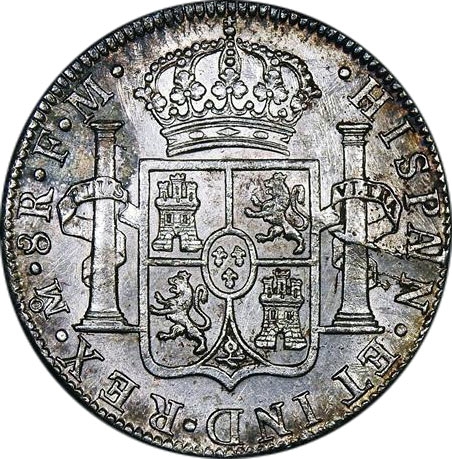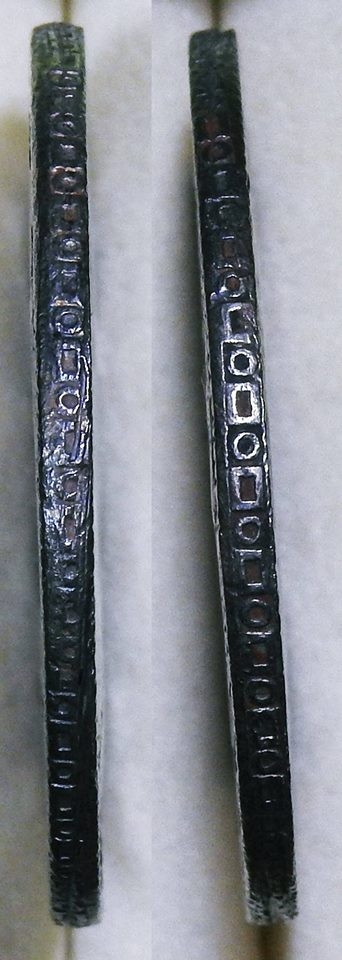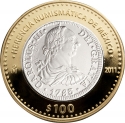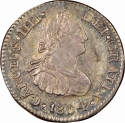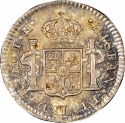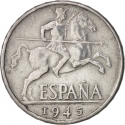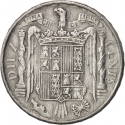You are about to finish your registration. Please check your mailbox (including spam folder). There should be a letter with a confirmation link. Check setting to make sure that your e-mail address is correct.
Send letter againDescription
The capture of Tenochtitlan and refounding of Mexico City in 1521 was the beginning of a 300-year-long colonial era during which Mexico was known as Nueva España (New Spain). The Kingdom of New Spain was created from the remnants of the Aztec hegemonic empire. Subsequent enlargements, such as the conquest of the Tarascan state, resulted in the creation of the Viceroyalty of New Spain in 1535. The Viceroyalty at its greatest extent included the territories of modern Mexico, Central America as far south as Costa Rica, and the western United States.
Charles III (Spanish: Carlos; Italian: Carlo; 1716–1788) was King of Spain and the Spanish Indies (1759–1788), after ruling Naples as Charles VII and Sicily as Charles V (1734–1759), kingdoms he abdicated to his son Ferdinand.
As King of Spain, Charles III made far-reaching reforms such as promoting science and university research, facilitating trade and commerce, and modernising agriculture. He also tried to reduce the influence of the Church and avoided costly wars. Most of his reforms proved to be successful and his important legacy lives on to this day.
Since 1785, the silver content was reduced from 0.9030 fineness (.7858 oz actual silver weight) to 0.8960 fineness (.7797 oz actual silver weight).
Obverse

|
Armored bust of Charles III right surrounded by the inscription "Charles III by the Grace of God". Date below. •CAROLUS•III• DEI•GRATIA• |
|---|---|
Reverse

|
Depicts the crowned Spanish coat of arms between the Pillars of Hercules surrounded by the inscription HISPAN[IARUM] ET IND[IARUM] REX (King of the Spains and the Indies). •HISPAN•ET IND•REX•Mo•8R•F•M• |
| Edge |
